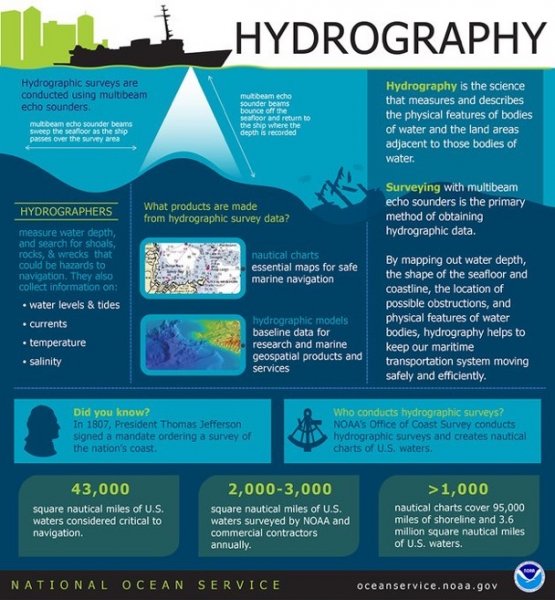Everyday, organizations, communities, and government institutions provide critical services that are essential to our everyday life. But what would happen if we didn’t have access to these services? What would life be like? Hospitals, banks and grocery stores all provide essential services that we, the American people, depend on. The ability to continually perform such services is an important component of resilience and requires extensive continuity planning.
Essential functions are critical activities that must be performed, or rapidly resumed, especially after a disruption of normal activities. As subsets of government functions, there are three categories of essential functions: national essential functions, primary mission essential functions, and mission essential functions.
National Essential Functions
Today, our National Continuity Programs are based on the continuous performance of eight national essential functions (NEF). They serve as the focal point and represent the overarching responsibilities of the federal government needed to lead and sustain the nation before, during, and after an emergency. See Figure 1.0 to view all eight NEFs.
As you can imagine, accomplishing these functions is no small task—it requires coordination and support from the entire nation. It takes a collaborative effort between federal departments and agencies performing various essential functions that are integrated and supported by states, local governments, tribes, territories, the private sector, nongovernmental organizations, and the public.
Primary Mission Essential Functions
Primary mission essential functions (PMEF), are mandated agency-level mission essential functions that must be performed to support the performance of national essential functions before, during, and after an emergency. These functions must be resumed within 12 hours after an event and maintained for up to 30 days or until normal operations can be resumed.
NOAA’s National Ocean Service (NOS) is responsible for PMEF DOC-3 - Provide Meteorological Forecasts. Under this function, it is essential to provide the nation with environmental forecasts, warnings, data, and expertise critical to public safety, disaster preparedness, all-hazards response and recovery, the national transportation system, safe navigation, and the protection of the nation’s critical infrastructure and natural resources.
Mission Essential Functions
Mission essential functions (MEF) are those essential functions directly related to accomplishing the organization’s mission as set forth by statutory or executive charter. In most cases, these functions are unique to each organization and its mission.
The National Ocean Service is responsible for five of these functions, which are managed and executed through individual program and staff offices. NOS mission essential functions are essential functions that have been identified within the line office that must be continued throughout or resumed rapidly after an emergency. These services range from providing technical, scientific support to providing Navigation Response Teams to conduct post-incident hydrographic surveys.

However, to ensure the continuous performance of these mission essential and primary mission essential functions requires constant attention and support. The ability to continue the performance of essential functions and provide critical services is greatly enhanced with the right people, resources, and proper continuity planning.
Significant preparedness efforts must be taken prior to incidents to determine appropriate staffing, communications, information, facilities, training, and other continuity elements to reduce disruptions to essential functions and critical services. Here at NOAA, the Disaster Preparedness Program provides support and expertise that helps the National Ocean Service work through worst-case scenarios.
For those supporting the performance of these critical services, their work plays an integral role. An organization’s entire continuity capability, its ability to perform its essential functions continuously, depends upon critical components, which then serve as the foundation of continuity planning and continuity program management.
The Federal Emergency Management Agency, (FEMA) has developed additional resources designed to provide partners at all levels of government, as well as the private and nonprofit sectors, with additional tools, templates, and continuity resources.
When disasters strike, organizations must work together to ensure these essential functions are continually performed so our nation is able to operate effectively—regardless of the disaster. While we can’t always prevent disasters from occurring, we can take preparedness measures to protect our mission essential functions and keep our nation running.
